ARTICLES
Exquisite Order The World of Hisao Domoto
A New Appreciation Contemporary Japanese and Asian Art
1/23
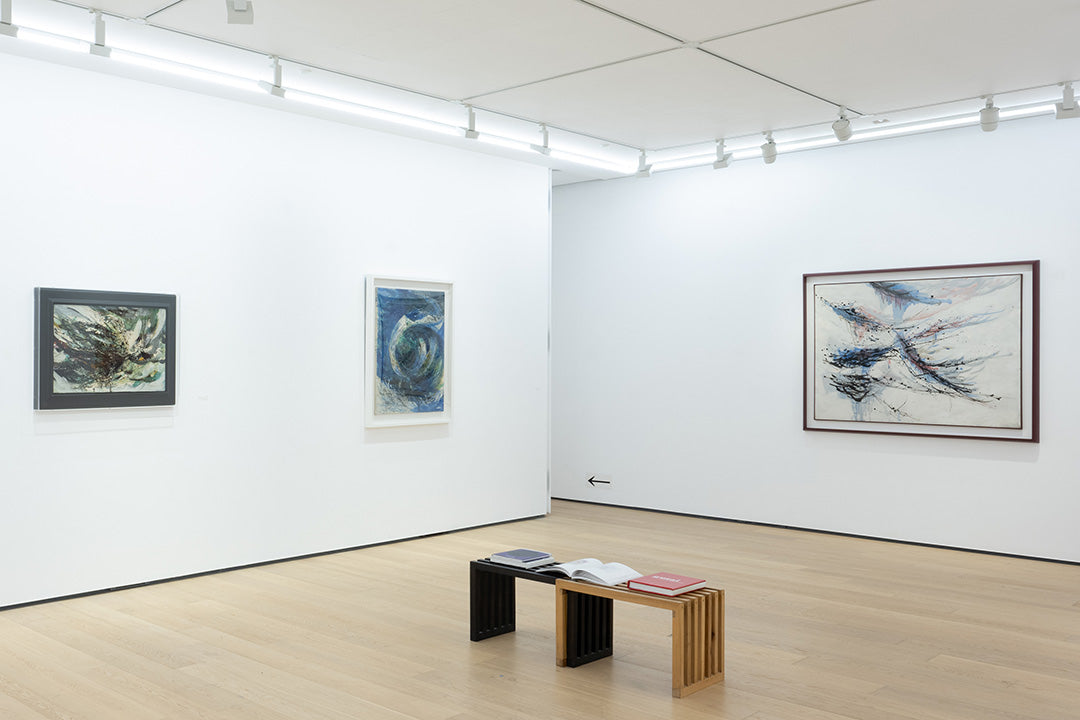
"Whirlwind: Informel to Gutai" 2022, Whitestone Gallery Hong Kong
In our ongoing series, we present the digital archive of the book 'A New Appreciation Contemporary Japanese and Asian Art' This book delves into internationally acclaimed artists and the dynamics of the Asian art market. In this first installment, we introduce Japanese painter Hisao Domoto, who was deeply involved in the Art Informel movement under the guidance of Michel Tapié. At the same time, he played a pivotal role in introducing the Gutai Art Association to Tapié. Although he initially shone as a central figure in Art Informel, Domoto later developed a unique artistic style. Art Historian Shuji Takashina provides an insightful exploration of Domoto's artistic world.
Exquisite Order The World of Hisao Domoto
Shuji Takashina
Art Historian, Director of the Ohara Museum of Art
Hisao Domoto gained international recognition in post-war Paris as a standard-bearer of the Art Informel avant-garde movement in the latter half of the 1950s. He had been well known and appreciated in Japan as a leading Nihonga artist for at least a decade before that. In fact, he was born into a family of artists in Kyoto, a city with a long artistic tradition, and had been honored with the Nit-ten (Japan Fine Arts Exhibition) Special Selection Prize.
Based in Paris in the 1950s, Domoto distanced himself from traditional Japanese painting, focusing instead on the completely different techniques and style of Western painting and gaining attention as abstract expressionist painter of the Art Informel movement. He visited major museums in Paris, London, Madrid and other cities with his uncle, Nihonga artist Domoto Insho, and was strongly moved by the experience of seeing Renaissance and later Western art masterpieces. The term ‘Western painting” however, is misleading because it obviously contains so many types of expression. For example, 20th century avant-garde movements such as Fauvism, Cubism, and Surrealism in Paris in the 1950s, when Domoto was resident there, were countering strong traditional academic tendencies and painters that still held sway. Even within abstract painting, defined as es.chewing figurative expression, there were various movements such as Tachisme, Abstract Expressionism, and Geometric Abstractionism. The most radical of these was Art Informel, the group Domoto associated with that included French artist Georges Mathieu, German artist Hans Hartung, and Antonio Tapies from Spain. As the names of the Art Informel painters reveal, there is great diversity even within a single group. Domoto’s solo exhibition at Galerie Stadler, a gallery specializes in Art Informel, established his position. This time might be called Do.moto’s Art Informel period. It is characterized by his gravity defying dynamic upward brush strokes created through intense movement, and his suppression of a sense of material by eliminating colors such as white, blue, and green in favor of clear cool colors that achieved a feeling of free soaring in a clear and bright world. These paintings reflect Hisao Domoto’s superb expression.
Domoto’s Paintings and Exquisite Order
When Domoto moved from Paris to New York in the 1960s his style changed to a more static expression with solid overlapping forms in intense red and black. Reminiscent of bricks or stones, the forms governed by an architectural composition seem to represent the human psyche in opposition to the material world. This sense of spirituality is further heightened by liberal touches of gold in the color scheme.
Domoto continued his international activities when he later shifted his base to Japan and began completely filling his canvases with different abstract patterns. His did not limit his abstract expressionism, however, strictly to geometric forms. Some subtle variations suggesting possibly an undulating water surface in a gentle breeze are noted. His exquisite sense of order is undoubtedly particular to Domo.to’s art but, at the same time, it is rooted in his foundation in Japanese traditional arts. The recognition of his exquisite sense of order secured his position and affirmation of the great achievement of his art.
Shuji Takashina
Art historian and art critic. Born in 1932 in Tokyo. After graduating from the Tokyo University Faculty of Liberal Arts in 1953, he studied in France under a French government scholarship. In 1971, he became a professor of liberal arts at the University of Tokyo. Has been a professor at the University of Tokyo and, after his retirement became an emeritus professor there. He specializes in the theory of Western art, starting from the Renaissance, and in Modern Japanese art. He is Director of the Ohara Museum of Art, former Director-General of the National Museum of Western Art, and advisor to the Akita Museum of Art. Takashina is a member of the Japan Art Academy, recipient of the Chevalier de l’Ordre des Arts et des Lettres (France), designated as Person of Cultur.al Merit and recipient of the Order of Culture (Japan). His publications include The Japanese Sense of Beauty and many others.
Book Information
Title: A New Appreciation Contemporary Japanese and Asian Art (English Edition)
Publisher : Whitestone Co., Ltd.
Release Date : February 26, 2020
*Information in this article is at the time of publication.
ARTIST
RELATED ARTICLES
-
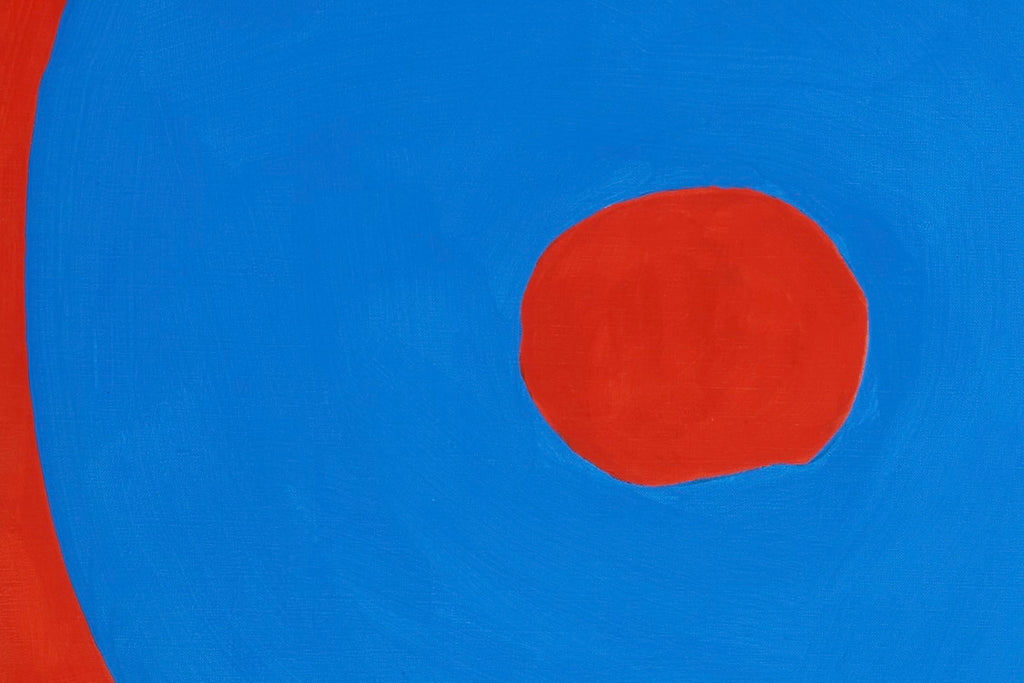
Life in New York as an Artist: Harmony of Art, People, and Space
A New Appreciation Contemporary Japanese and Asian Art
23/23 -
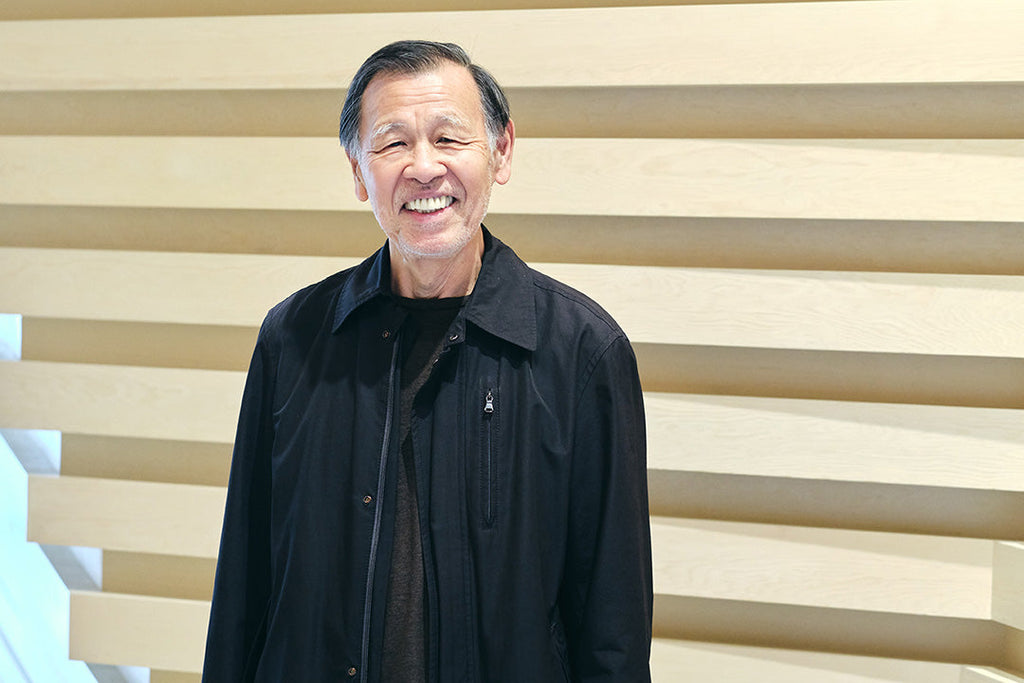
Discovering the Essence of Art: Renowned American Artist, Tadaaki Kuwayama
A New Appreciation Contemporary Japanese and Asian Art
22/23 -
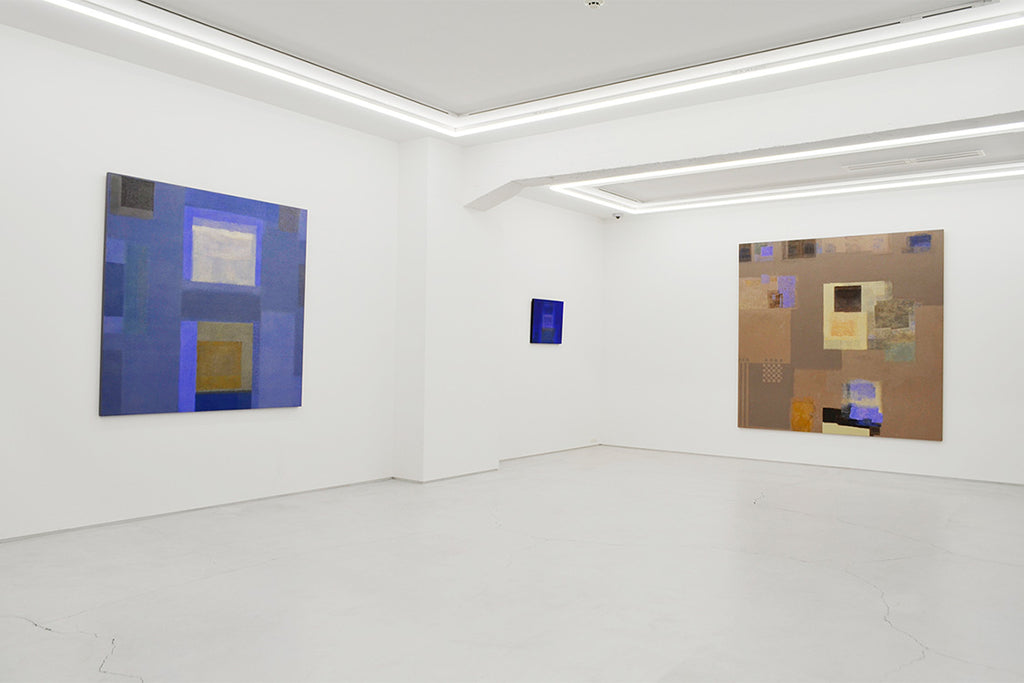
Painting that Does Not Resemble to Anyone Else’s Expression that Reaches the Deepest Layer of the Heart
A New Appreciation Contemporary Japanese and Asian Art
21/23 -
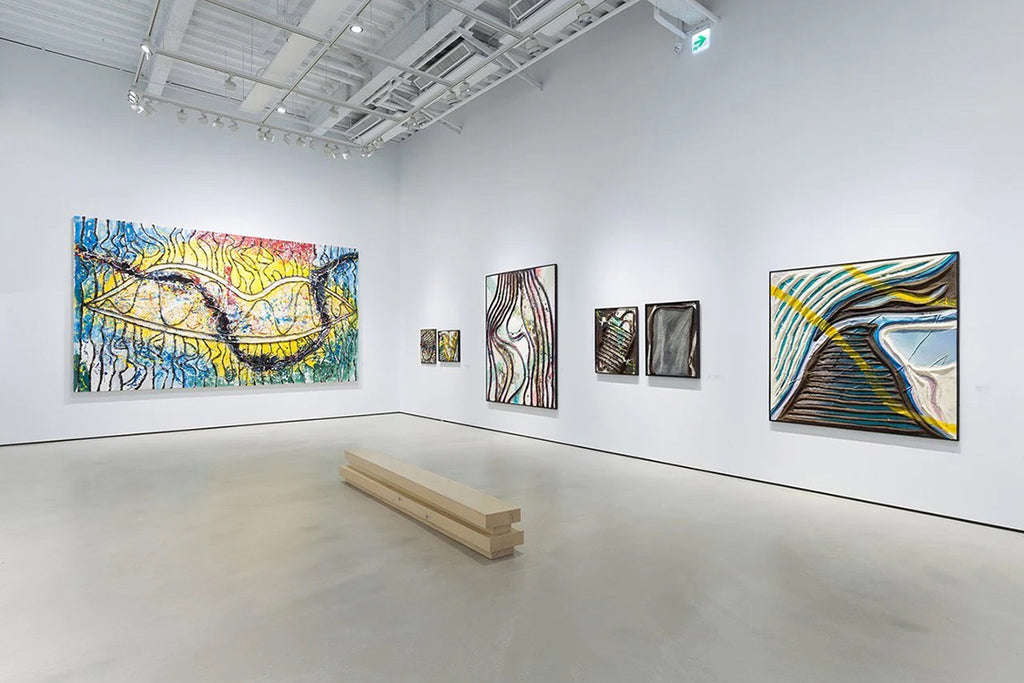
Being Gutai Is All About Myself
A New Appreciation Contemporary Japanese and Asian Art
20/23



